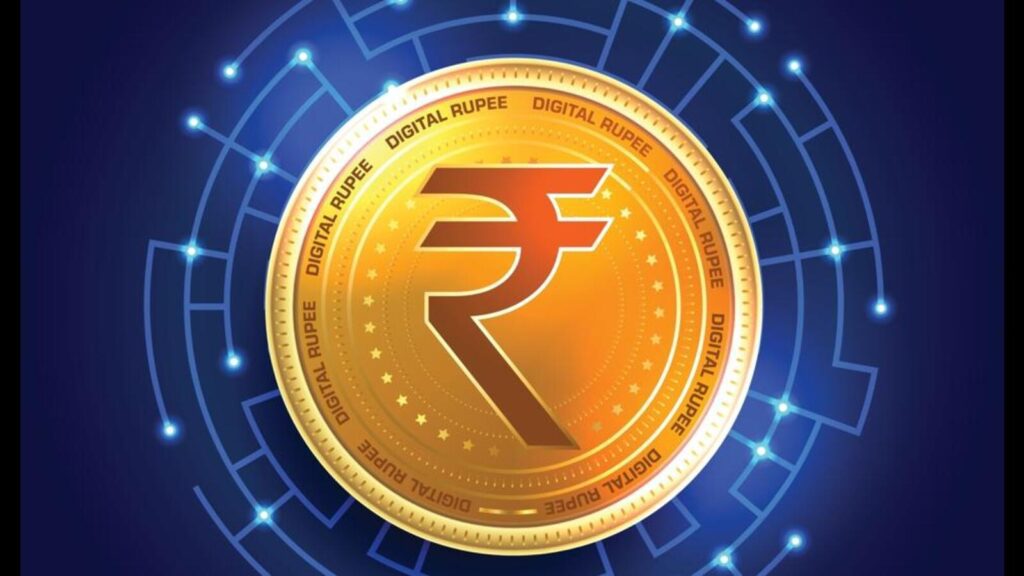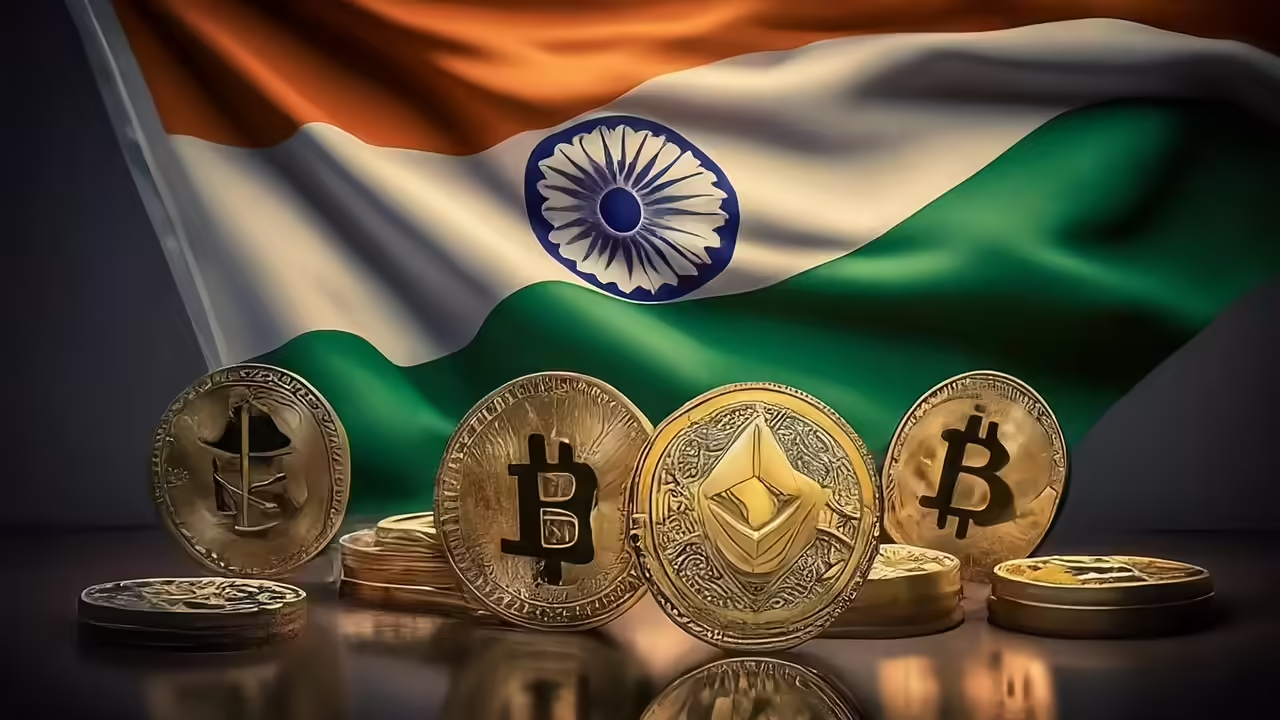Now Reading: Why Digital Rupee Could Transform Payments in Tier-2 India
-
01
Why Digital Rupee Could Transform Payments in Tier-2 India
Why Digital Rupee Could Transform Payments in Tier-2 India

India’s push toward a Digital Rupee, or e₹, is more than just a technological experiment. It represents a shift in how people will pay, save, and transact in the coming years. While big cities already enjoy multiple digital payment options, the real potential of the Digital Rupee lies in Tier-2 and Tier-3 India, where cash still dominates daily life. If implemented effectively, it could make money more accessible, secure, and efficient for millions.
The Reserve Bank of India introduced the Digital Rupee to provide a government-backed alternative to cryptocurrencies and private digital wallets. Unlike Bitcoin or Ethereum, the e₹ is legal tender issued directly by the central bank, meaning it carries the same trust as physical currency. People can use it for everyday transactions—whether shopping at a local kirana store, paying bus fares, or transferring money to family members. For Tier-2 cities where many still prefer cash, this could be the bridge that makes digital transactions more reliable.
One of the biggest advantages of the Digital Rupee is accessibility. With a basic smartphone and internet connection, people can use e₹ without needing a bank account. This is important for semi-urban and rural areas, where banking infrastructure may not be strong. Transactions can happen instantly and at low cost, reducing dependence on intermediaries and avoiding issues like failed payments or high transaction fees.
There are also benefits for small businesses. Shopkeepers, street vendors, and service providers in Tier-2 cities often deal with the hassle of cash management, from handling change to risks of theft. Accepting payments in e₹ could simplify record-keeping and increase trust with customers. For younger entrepreneurs, it opens a pathway to be part of the digital economy without complicated onboarding processes.
At the same time, challenges remain. Awareness about how the Digital Rupee works is still low, and many people may hesitate to trust a new form of money. Questions around privacy, transaction tracking, and technical glitches will need clear answers. In regions with patchy internet connectivity, usage could also face hurdles. Moreover, adoption depends on whether merchants and consumers see enough value in switching from existing UPI payments, which are already popular.
The success of the Digital Rupee will depend on how quickly it can be integrated into daily life. If people in Tier-2 India find it easier, safer, and more useful than cash or current digital wallets, adoption will naturally grow. What this really means is that the Digital Rupee could be more than a policy experiment—it could become the next big step in India’s digital financial journey, shaping how money moves in towns far beyond the metros.

























